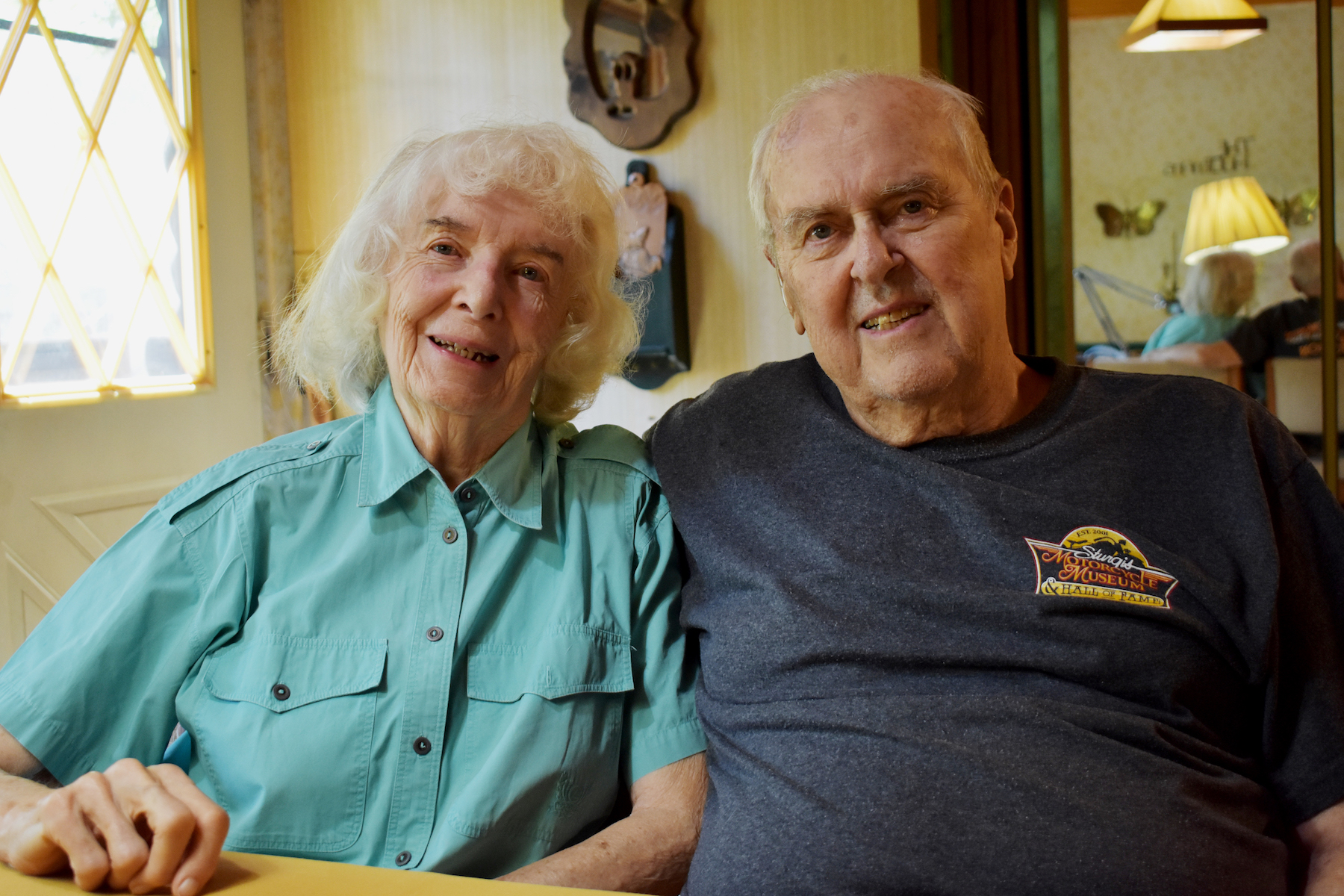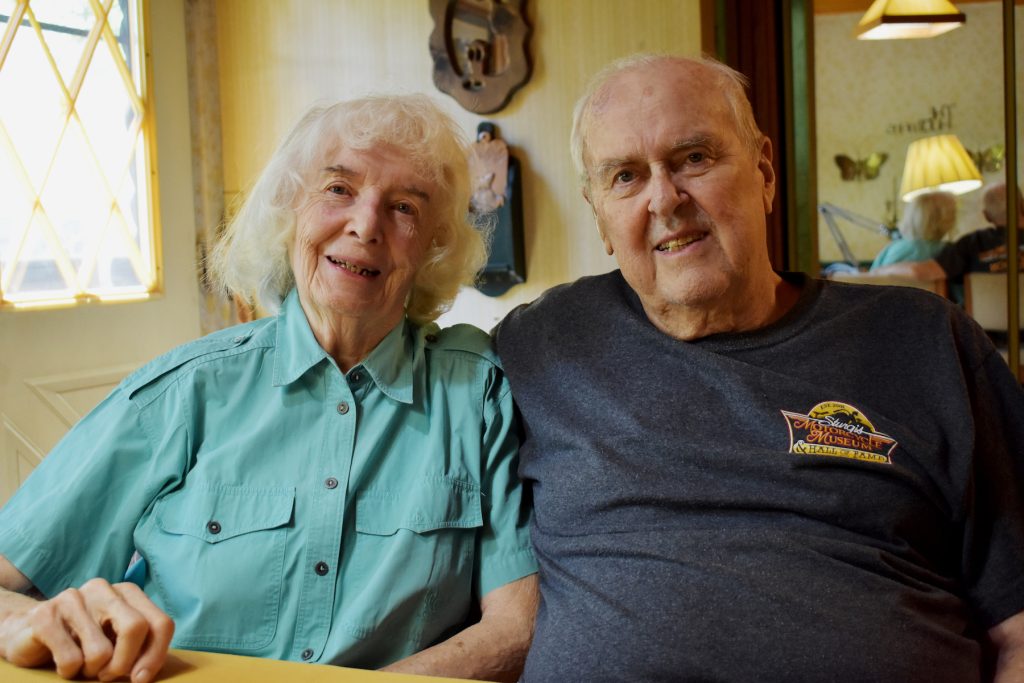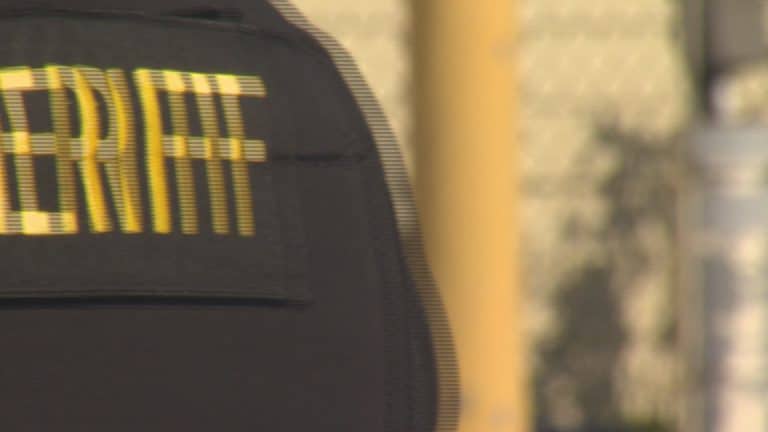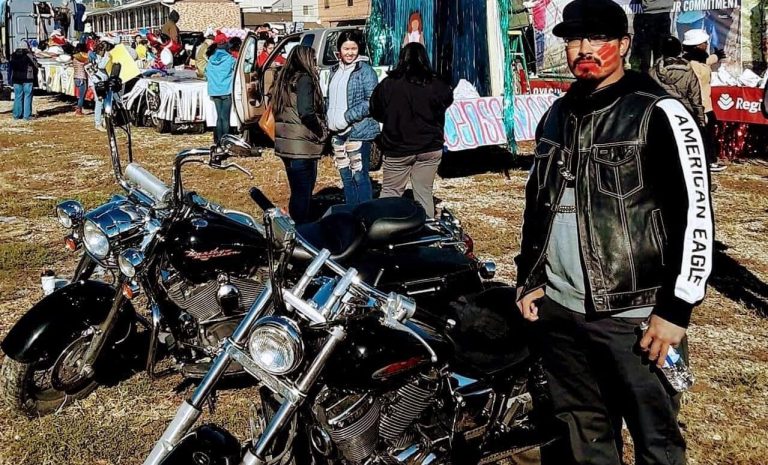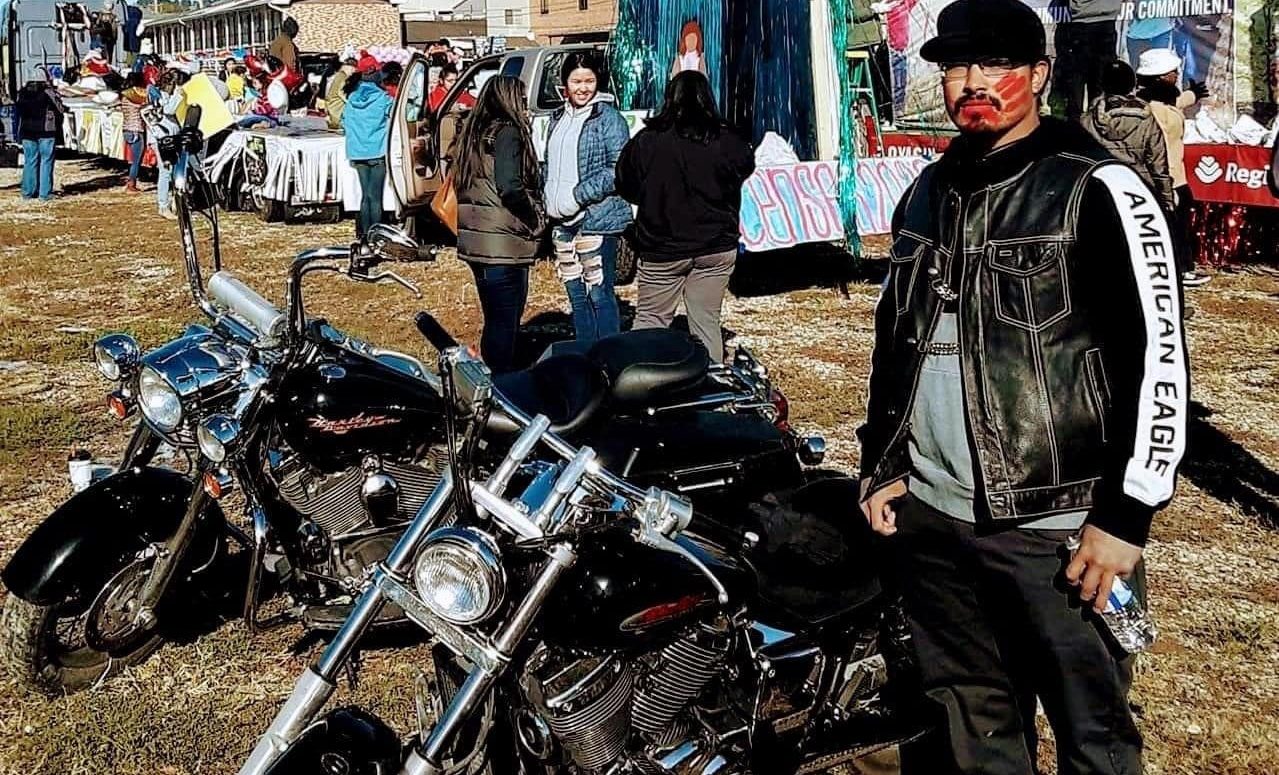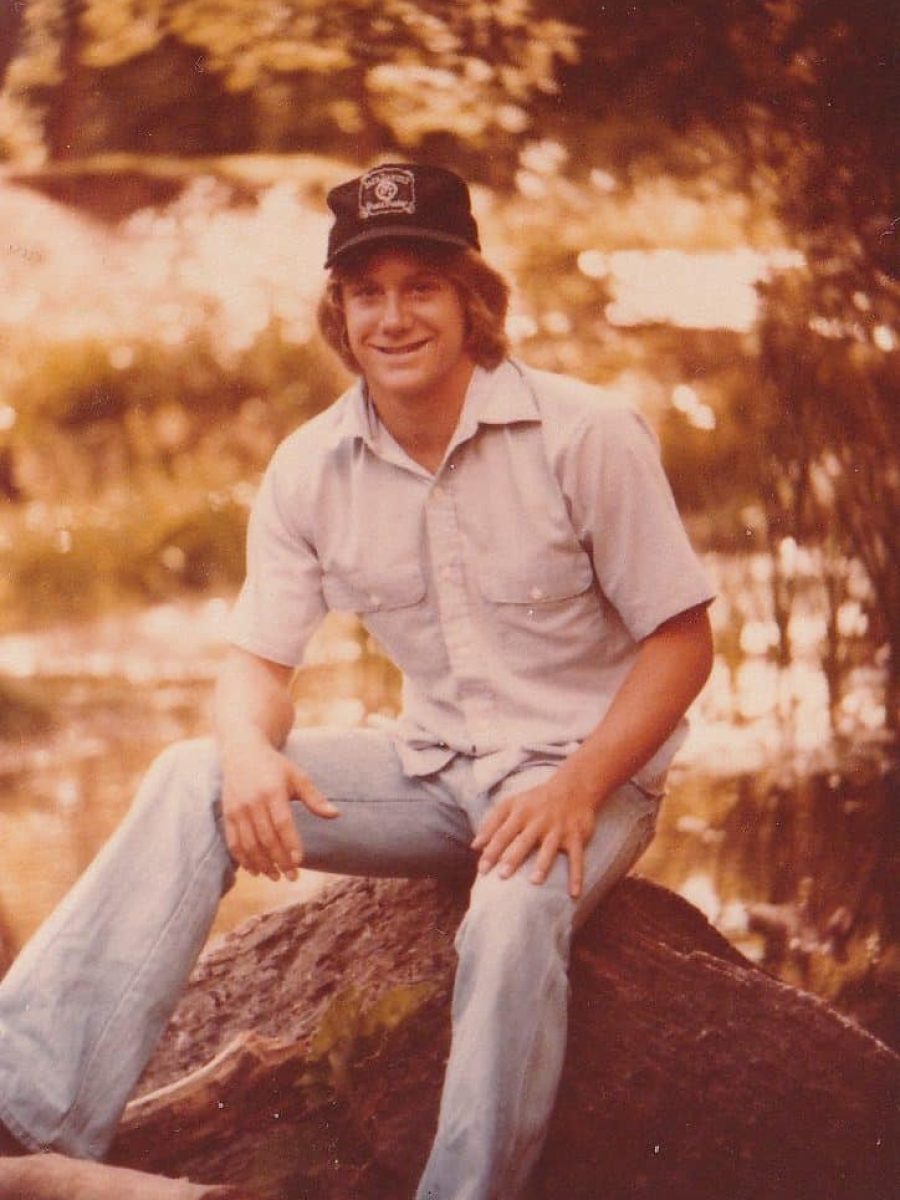STURGIS, S.D. – For more than 70 years, Neil Hultman was at the heart of the Sturgis Motorcycle Rally.
Sadly, Neil Hultman died earlier this year. For his many contributions to the Rally, Hultman will be honored posthumously as the Grand Marshal of the 84th Sturgis Motorcycle Rally.
Hultman was “Sturgis” long before Sturgis was cool. He was just 18 years old in 1947 when he bought his first motorcycle, a new Indian Chief, from J.C. “Pappy” Hoel, the father of what is now known as the Sturgis Motorcycle Rally.
In 1947, the Rally focused mainly on the races hosted by the Jackpine Gypsies, but tours from Sturgis to Mount Rushmore were added as an additional attraction. Hultman was selected to be the club’s first road captain, leading the tours that are still a tradition today. A young Fort Meade Hospital nurse named Ramona Nelson volunteered as medical assistance for that first Mount Rushmore tour. The beautiful young nurse caught Hultman’s eye. It was appropriate that an event that would become an integral part of the Hultman family would be what first brought Ramona and Neil together.
Neil and Ramona were eventually married. They lived, and worked on the grounds of Fort Meade, and raised their four children there.
Hultman reflected on the Rally during a 2018 interview.
“I’ve seen a lot of good and a lot of bad, but it turned out to be what it is today – we’re known internationally,” Hultman said of the Rally. “We put on a good show and people kept coming back. We provided things they enjoyed doing while they were here. That made the thing grow without advertising it at all. It sold itself.”
In the early years, it was the merchants of Sturgis and the Jackpine Gypsies Motorcycle Club that spearheaded the annual event. Today the city of Sturgis oversees the Rally.
Hultman, who grew up along Highway 14 at Holabird, said that as a young man whenever he heard the rumble of a motorcycle, he would make his way two blocks to the highway to see what was coming.
He drove a Model A back and forth to school at Highmore and sold it before he moved to the Black Hills after graduating in 1947.
“I had intentions of buying a new car, but you had to get in line to buy one following the war and I didn’t want to wait that long,” he said.
Instead, he sought out the local motorcycle dealer, J.C. “Pappy” Hoel.
“I like motorcycles. I guess you’d say I had a desire for them,” Hultman said.
Hoel said he could order Hultman a new Indian Motorcycle which would take about two weeks to get delivered.
“I told him, ‘Well, I’ve got to find work first,’” Hultman said. “I didn’t have but $200. The motorcycle was going to cost $890.”
Hultman secured a job with the Veterans Administration at Fort Meade for $1,900 a year.
Hoel called Hultman when the new motorcycle arrived and told him to come to the shop and watch him unpack it and put together the new Indian Chief with a sidecar.
“I rode it year-round,” Hultman said. “I had to ride it to work. I remember going Christmas shopping with it. I even took it antelope hunting.”
Sometime during the unpacking and piecing together, Hoel slipped in the message that Hultman needed to join the local motorcycle club – the Jackpine Gypsies.
“Hoel got me all signed up. We only had about four members at that time, but more and more guys were getting out of the service who joined us. We had members from Lead, Deadwood, Belle Fourche and Sturgis,” he said.
Hoel knew the right buttons to push to encourage participation in the club, Hultman said.
“You didn’t know how involved you were until you were tied into it,” Hultman said.
The Sturgis Motorcycle Rally was still in its infancy and at that time, the city’s merchants were called upon to organize the event and sell tickets at the races which were then the centerpiece of the annual gathering.
“That worked for a little while, but it got old after two or three years,” Hultman said. “The merchants had other things to do during the Rally. They got involved with the crowd that was coming and wanted to sell things.”
That meant Hoel was looking for other volunteers to staff the Rally events.
“He got more recruits from the motorcycle club, and down the road a few years, the club was more or less running the Sturgis Rally, not because we wanted to, but because it was a necessity if we were going to have a Rally,” Hultman said.
The Rally in the 1940s and 1950s was actually a half week event, Hultman said. People would travel to Sturgis on a Wednesday or Thursday, camp in the city park and meet up with old friends.
Friday was a day to go touring in the Hills. Saturday and Sunday were race days.
“We had the best professional race drivers from Harley-Davidson and Indian. Hoel made sure that Indian was represented,” Hultman said. “I don’t know how Hoel got in contact with all those racers, but he knew them all. He’d tell them, ‘If you come to Sturgis and race, I’ll get you a hamburger and a cup of coffee.’”
When the racers took to the track, Hultman was hooked.
“It turned me on,” he said of seeing motorcycle races for the first time. “I’m a motorcycle enthusiast still today from that first experience.”
Hultman himself even raced on the amateur level during his lifetime.
With more and more attendees arriving for the Rally each year, the club began to offer motorcycle tours of the Black Hills. Initially it was a tour from Sturgis to Mount Rushmore. When the number of riders reached 100, the club realized they needed to offer more than one ride, so they also took a group to Devils Tower in Wyoming
Hultman was picked to serve as the road captain on the rides. He said it was his job to coordinate the tour.
“You didn’t just say you were going to have a tour. You had to go out and see what route you were taking, how many stops they had to make and if you were going to feed them and where you were going to have the food set up,” he said.
He was just 18 years old when he was named road captain in the club.
“A lot of people questioned the fact that I was qualified. They thought I was too young. Hoel told them that I was all right,” he said.
Hultman said he and fellow members of the Jackpine Gypsies Motorcycle Club saw many changes in the Rally over the years.
“I can tell you what made Sturgis a success. It was the fact that we fed almost everyone who came one night down in the city park. We made an effort to get a hamburger, chips and ice cream to the visitors on Friday night,” he said.
Hultman’s involvement with the Rally was only interrupted by his military service and the Korean War. He joined the army in 1947 and served in Korea through 1951. He was a medic, serving in a forward aid station and mobile Army surgical hospital, popularly known as a MASH unit. Following his discharge from the Army, Hultman worked 37 years as a lab technician at the Fort Meade Hospital. After his retirement, Hultman worked for the Sturgis Area Chamber of Commerce organizing the Rally for the city when they first took it over in the late 1980’s.
Hultman’s involvement in the Rally has run the gamut from the early years with the Jackpine Gypsies and “Pappy” Hoel to serving on the board of directors for the Sturgis Motorcycle Museum & Hall of Fame. And, through it all, his life has somehow centered around motorcycling.
So just how many motorcycles has Hultman owned over the years?
“Not as many as I’d like,” he said with a smile.
